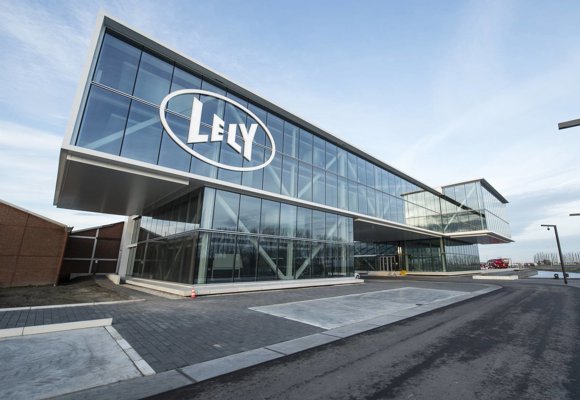The 4 advantages of smart buildings
Smart building software has advantages for all the building users and offers substantial opportunities in important areas such as cost saving, mitigating (operational) risks, and attracting and retaining employees. Smart buildings can contribute to:
1. Connect
Connectivity in a smart building increases productivity. Employees can work and cooperate flexibly and make more efficient use of the space and their time. Things like digital signage, wireless charging or printing, facilities for conference calls and concierge services can be arranged via connected workplaces.
2. Control
A smart building improves control of building management systems, such as climate, lighting, security and cybersecurity, and access control. Building Managers and Facility Managers can use the space and energy in the building optimally. This results in cost savings on heating, cooling, lighting, security and maintenance.
3. Collaborate
Smart building solutions improve the collaboration between colleagues. Connected workplaces that register the colleagues who are present and respond to that bring collaboration to a new level. Smartboards and smart conference rooms bring in remote colleagues as well, using videoconferencing and virtual meeting walls, fostering an environment for creative interactions. Work spaces that support communication and interaction also boost employee involvement.
4. Conserve
Smart buildings play a key role in improving the sustainability and health of our built environment. Spatial utilization is one of the greatest sources of waste in commercial buildings these days. Analyzing office space use and optimizing this use in line with actual occupancy can make substantial savings on overhead costs and energy usage. The building’s energy performance can also be optimized and supplemented with renewable energy sources.


































